
Not every discovery clears things up. Some make everything more complicated—and more interesting. That’s Gobekli Tepe in a nutshell. Since the first pillar was found, it has challenged a lot of assumptions. Scientists don’t always agree, and that’s part of the fun. This article unpacks 10 things that help explain why this site remains such a puzzle.
Discovery And Significance

Gobekli Tepe, an archaeological site in southeastern Turkey, is considered the world’s oldest known temple complex, dating back to approximately 9600 BCE. Discovered in the 1960s but extensively excavated only in the 1990s, the site consists of massive T-shaped limestone pillars arranged in circles. Its discovery has challenged previous assumptions about the development of human civilization.
The Enigmatic Pillar 43
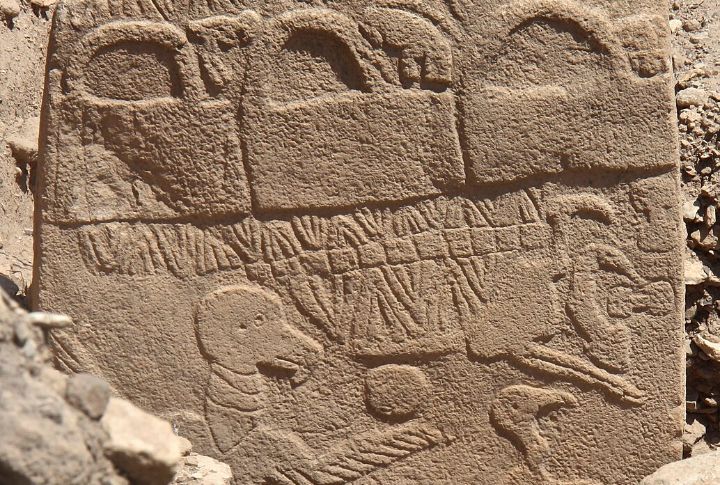
Among the pillars at Gobekli Tepe, Pillar 43 stands out due to its intricate carvings. Known as the “Vulture Stone,” it features a collection of animal figures, including a scorpion and a large vulture-like bird holding a sphere or disc. Some researchers believe these carvings could be an early form of symbolic communication or proto-writing.
Astronomical Interpretation Of Pillar 43
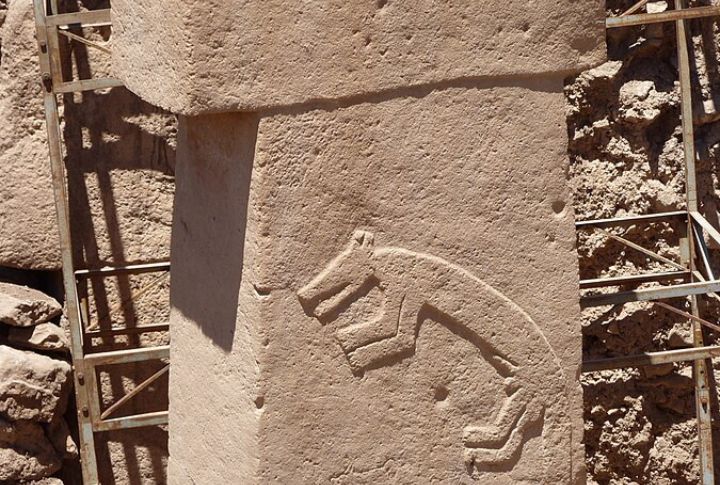
Researchers from the University of Edinburgh suggest that Pillar 43 is an astronomical record of a comet impact around 10,900 BCE. The arrangement of animals on the pillar is thought to represent constellations. This aligns with the Younger Dryas hypothesis, which proposes that a comet or asteroid impact triggered a global cooling event.
Connection To The Younger Dryas Impact Hypothesis

The Younger Dryas period (10,900 to 9,600 BCE) witnessed abrupt climate change, leading to widespread disruptions in human societies. The theory that Gobekli Tepe records a cosmic impact event aligns with geological evidence of sudden cooling and increased wildfires. If correct, this means the site’s builders had advanced astronomy knowledge.
The Scorpion And Its Potential Meaning

Near the bottom of Pillar 43, a scorpion is clearly depicted. Some researchers have linked this image to the constellation Scorpius, which was visible in the same period. In ancient mythology, scorpions were often seen as guardians of the underworld or symbols of danger and transformation.
The Handbag Symbol: An Ancient Connection?

One of the most intriguing aspects of Pillar 43 is the row of three handbag-like symbols. Similar motifs appear in Mesopotamian and Mesoamerican art, leading to speculation that Gobekli Tepe influenced later cultures or retained knowledge of a lost civilization.
Gobekli Tepe’s Builders And Their Knowledge Of The Heavens
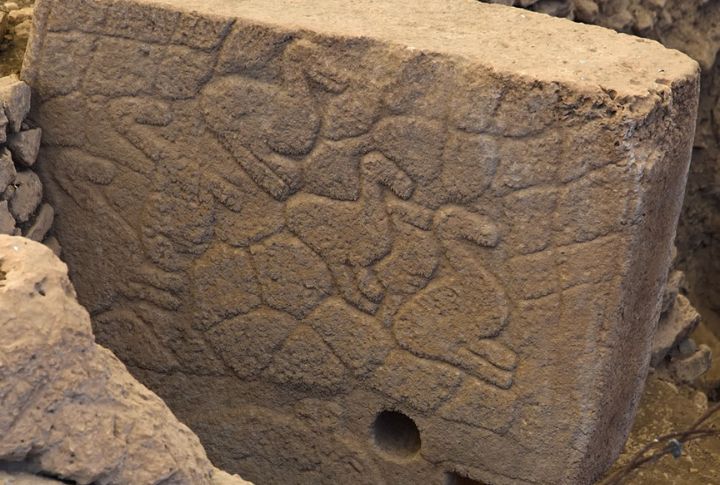
The carvings on Pillar 43 suggest that the builders of Gobekli Tepe had extensive knowledge of the sky, likely gained from generations of astronomical observations. Unlike later civilizations that used written records, these early people may have encoded their knowledge in symbolic stone carvings.
The Absence Of Written Language
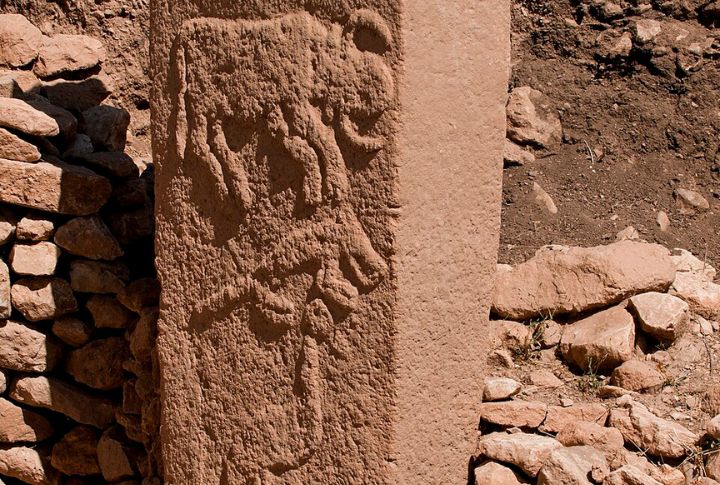
While Pillar 43 contains intricate carvings, they do not constitute a written language in the traditional sense. Instead, the images seem to function as an early form of symbolic storytelling, preserving information in a visual format. This aligns with other prehistoric traditions where oral histories were reinforced by symbolic representations in art and architecture.
The Deliberate Burial Of Gobekli Tepe
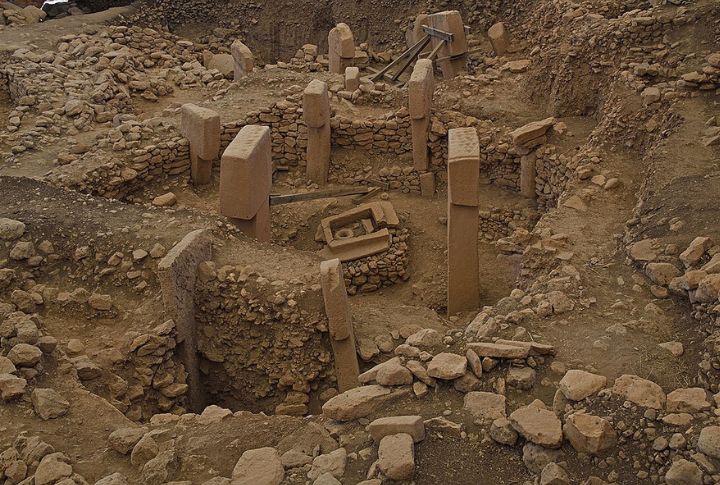
One of the greatest mysteries surrounding Gobekli Tepe is why it was deliberately buried around 8000 BCE. The site was not abandoned due to destruction or natural disasters; instead, its enclosures were carefully covered with layers of soil and debris. Some researchers believe this was a ritual act to preserve the site or mark the end of its use.
Ongoing Research And Future Discoveries
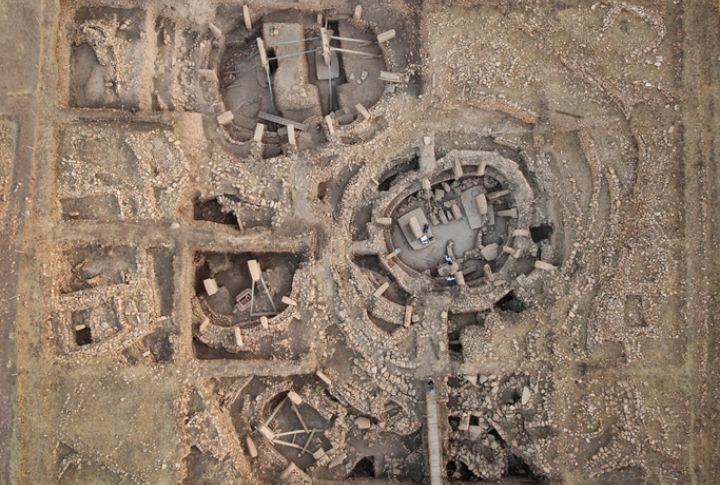
Despite decades of excavation, only a small fraction of Gobekli Tepe has been uncovered, leaving many questions unanswered. Ongoing research aims to decipher the full meaning of the site’s carvings, including whether other pillars contain astronomical records like Pillar 43. Technological advancements, like ground-penetrating radar, may help reveal more hidden meanings.

